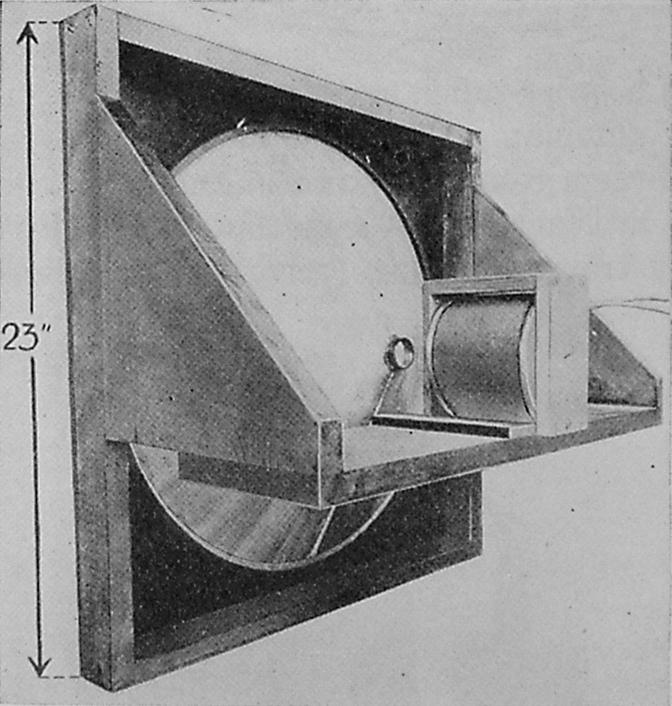Certain developments in audio technology have permanently changed how we record and recreate sound. The patented moving coil principle, which transformed the area of transducer design, is one of these ground-breaking inventions. This theory, which was created by Chester W. Rice and Edward W. Kellogg, served as the basis for several audio equipment, such as microphones, loudspeakers, and headphones.
In this article, we examine Rice and Kellog’s outstanding achievements and examine their groundbreaking research on the moving coil concept. We will explore the underlying ideas that led to its conception, its influence on audio technology, and its ongoing use in contemporary settings.
Join us on a journey through the development of audio transducers as we illuminate Rice and Kellog’s ground-breaking work, whose invention has profoundly altered the way we perceive sound. Understanding the unique moving coil concept helps us appreciate the creativity behind the audio industry’s advancement and how it affects our daily lives.
1925 Edward Kellogg and Chester Rice, General Electric Co. Dynamic Loudspeaker of Today
The contemporary dynamic loudspeaker was created by two General Electric engineers, Chester W. Rice, and Edward W. Kellogg, at the perfect time. These two General Electric engineers explain what we now know to be the earliest examples of modern loudspeaker technology in a seminal paper titled “Notes on the Development of a New Type of Hornless Loudspeakers,” which was published in the September 1925 issue of AIEE Transactions.
The Rice-Kellogg dynamic loudspeaker design from 1925 was ahead of its time and had contemporary features like a rubber (butyl) surrounding the paper cone’s edge.
Rice and Kellogg recommend a light (paper) conical diaphragm attached to a wire coil that is powered by a sizable magnet structure after testing a variety of materials and methods. The latter was an electromagnet in this idea, which served as a more cost-effective alternative to the expensive massive permanent magnets of the time. In addition to laying out some fundamental principles of loudspeaker design, the duo goes beyond merely defining a novel sort of transducer. For instance, they emphasize the value of the baffle in avoiding the “circulation” of sound caused by the speaker’s forward and backward motion. Rice and Kellogg note that before the “full benefit of a high-grade loudspeaker may be realized, the amplifier which goes with it must have sufficient capacity to give a natural volume or intensity” in their discussion of the need for more potent amplifiers to provide the headroom necessary for high-quality reproduction.
Rice/Kellogg’s electro-dynamic speaker design was licensed to RCA, which used it in the development of their popular Radiola series of speakers.
Understanding the Moving Coil Principle
The fundamental idea of turning sound waves into electrical impulses serves as the foundation for the moving coil principle. Its fundamental component is a dynamic driving mechanism that makes use of a tiny coil hung in a magnetic field. The coil vibrates in reaction to sound waves passing through it, producing an electrical signal proportionate to the incoming sound. The original sound is then properly reproduced by amplifying and transmitting this electrical signal through speakers or headphones.
Impact on the Audio Industry
The audio industry was significantly affected by Rice and Kellog’s invention of the moving coil concept. Their discovery sparked a wave of innovations that resulted in the development of modern audio equipment of the highest caliber. The moving coil concept is a key component in the design and operation of different audio equipment, from high-end studio monitors to everyday headphones.
Conclusion
The invention of the moving coil, by Chester W. Rice and Edward W. Kellogg, is an illustration of human ingenuity and inventiveness. Their invention radically changed how people hear and set the stage for the creation of high-end audio gear. From its origin to the present, the moving coil idea has remained a cornerstone of modern audio technology and has had an impact on our perception of sound.

